Full Focus │ Scientific Stars Shine Jiangsu: There is a "China Star" in space.
Among the vast stars, there are many stars with names, and the person who first discovered this star has the right to name it. In space, there is a star called "China Star", and its discoverer is a China — — Yuzhe Zhang. He was also the first director of the Purple Mountain Observatory after the founding of New China. Next, let’s meet this person from idolize.
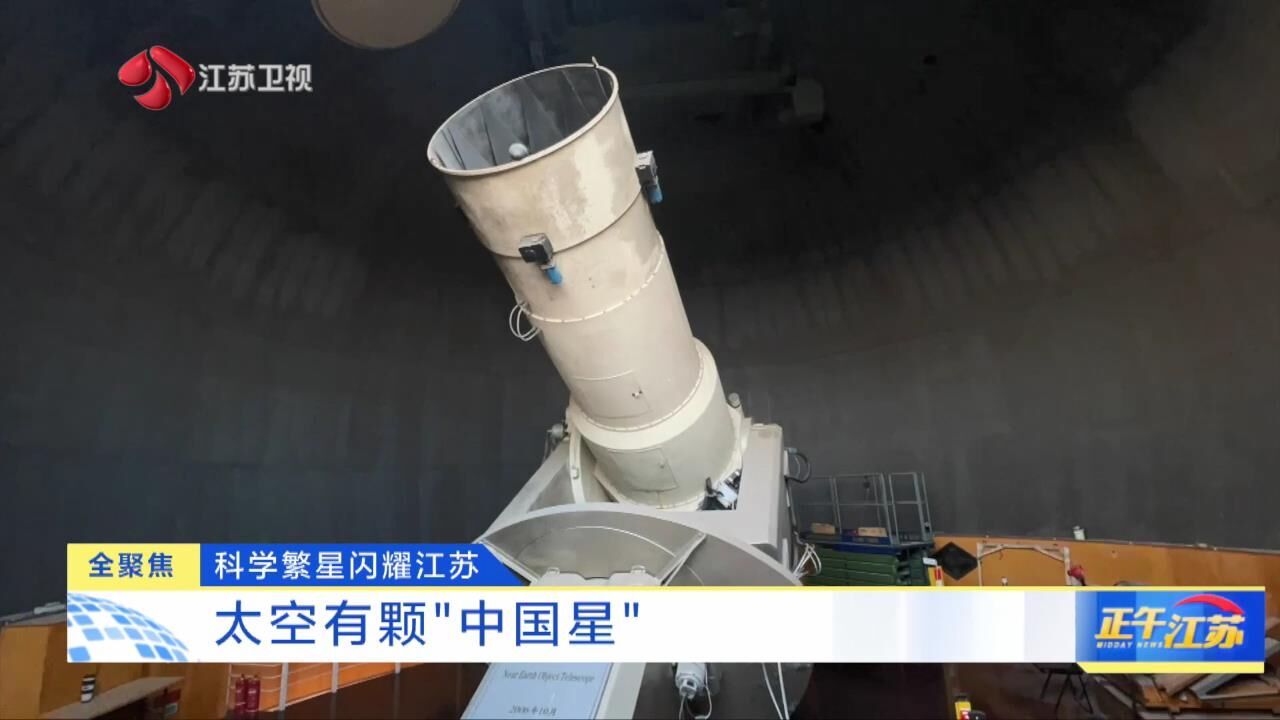
In the middle of the night, the sky above the Xuyi Observatory of Purple Mountain Observatory is dotted with stars, which is the prime time for the NEO exploration and solar system celestial research team to carry out observation activities. Above the main control room, the largest NEO telescope in China is erected. Since the beginning of this year, the research team has discovered five asteroids and one comet with this "big eye", setting the best record in recent years.
Zhao Haibin, chief researcher of the Near-Earth Object Detection and Solar System Objects Research Group of Purple Mountain Observatory of China Academy of Sciences, said: "The name of this star we are seeing now is ‘ China Star ’ . Its international number is 3789. Actually, this ‘ China Star ’ We have often observed it recently. From August 2022 to January 2023, we observed this star 13 times. "
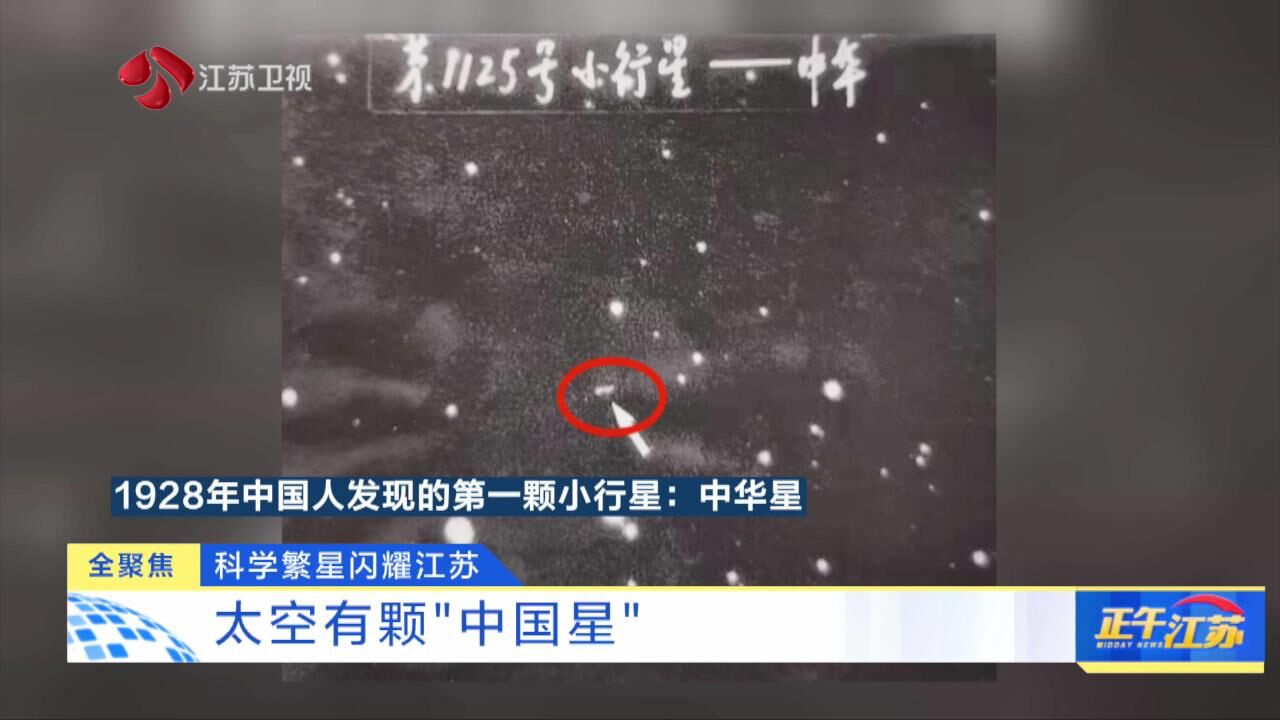
This "China Star" actually has another name. Yuzhe Zhang, who was studying in the United States in 1928, discovered this asteroid and named it "China Star". From "China Star" to "China Star", the change of the word difference is behind the tortuous experience of the development of modern astronomy in China.
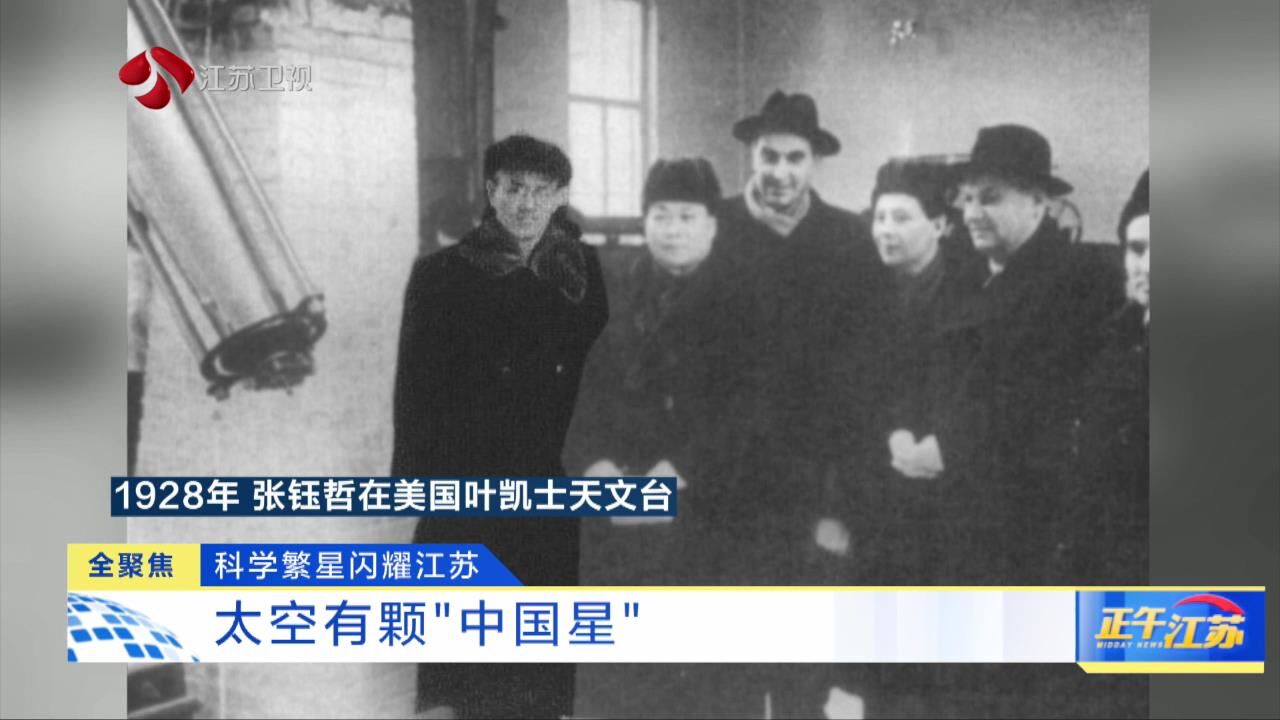
In 1929, at the age of 27, Yuzhe Zhang completed his doctoral degree and returned to the Department of Physics of Central University to teach. At the same time, he served as a special researcher at the Institute of Astronomy of Academia Sinica. At that time, because there was no large astronomical telescope in China to track and observe, the "China Star" numbered 1125 was "missing" for a long time and lost its trace. In 1934, the Purple Mountain Observatory, which Yuzhe Zhang participated in the preparation, was finally completed. But before long, War of Resistance against Japanese Aggression broke out, and Yuzhe Zhang moved westward to Kunming with the Observatory. No matter how difficult the wartime conditions were, he did not give up astronomical research.
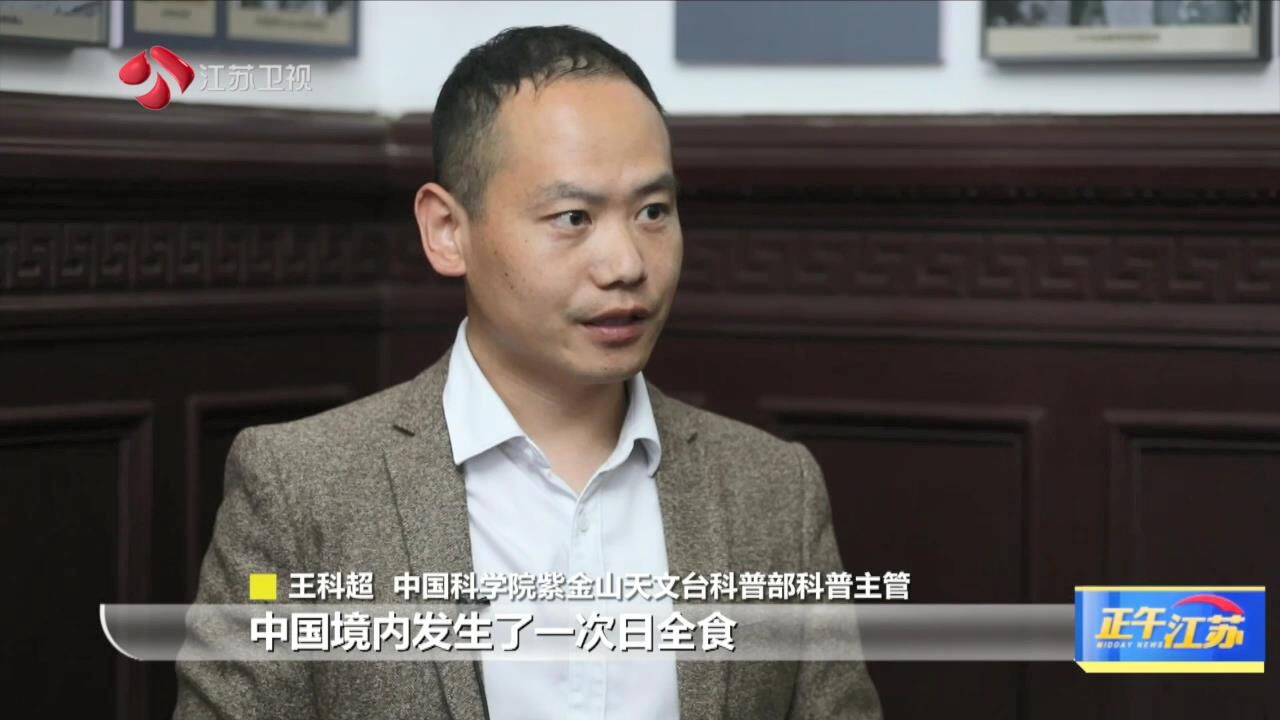
Wang Kechao, director of science popularization department of Purple Mountain Observatory of China Academy of Sciences, said: "On September 21st, 1941, there was a total solar eclipse in China. At that time, it was extremely difficult conditions in War of Resistance against Japanese Aggression. Yuzhe Zhang led a team to overcome all kinds of difficulties, set off from Kunming, Yunnan, and traveled 3000 kilometers to Lintao, Gansu, to make scientific observations on the total solar eclipse and successfully filmed a large number of precious total solar eclipse films. This is the first total solar eclipse photo taken by China people for the first time in their own country. "
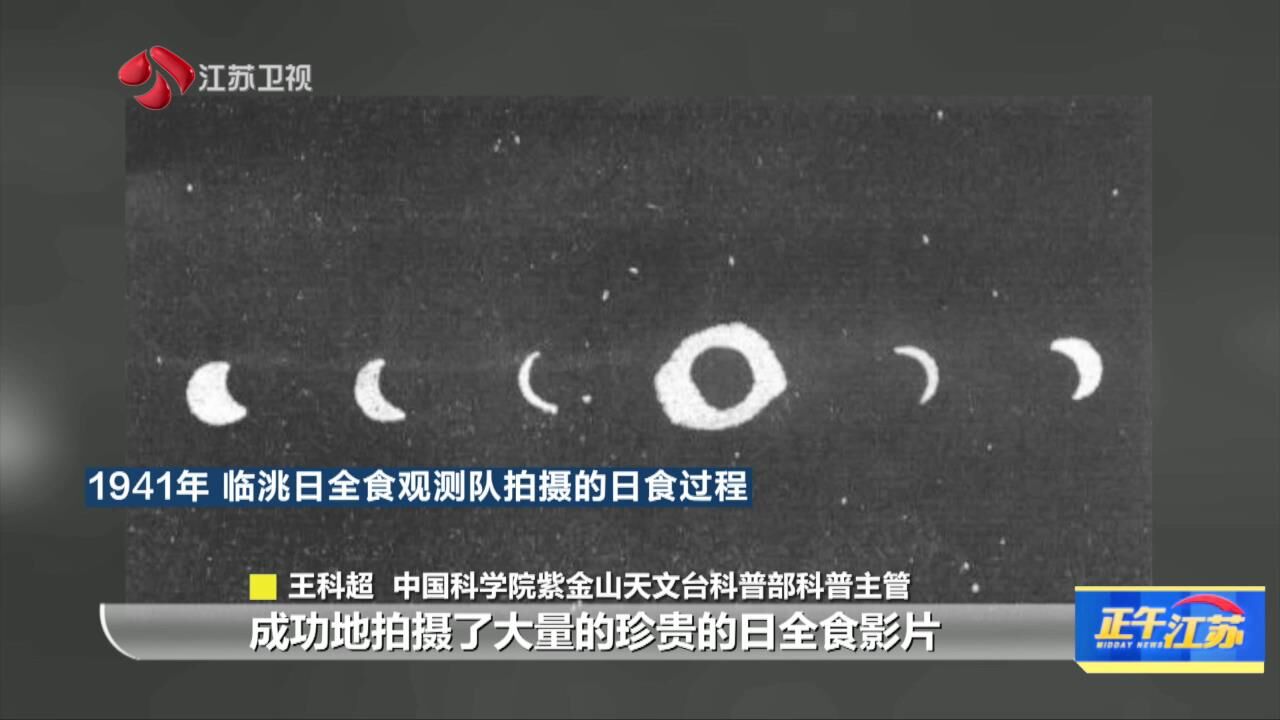
After War of Resistance against Japanese Aggression, Yuzhe Zhang went to the United States again with the mission of learning the latest astronomical technology to prepare for the reconstruction of the Purple Mountain Observatory. After further study, Yuzhe Zhang declined to be retained by some astronomical institutions in the United States and resolutely returned to the motherland. He was appointed as the first director of the Purple Mountain Observatory after the founding of New China, and in the following 40 years, he created and led the observation and research work of planets, asteroids, comets and artificial satellites in China.
Wang Kechao said: "This reflective telescope with a diameter of 60 cm was the largest telescope in the Far East at that time. After returning to China, Mr Yuzhe Zhang repaired the telescope himself. It was next to this telescope that he led the young team through sleepless nights, discovering more than 100 new asteroids and 3 purple mountain comets. They have all obtained international permanent numbering and naming rights. "
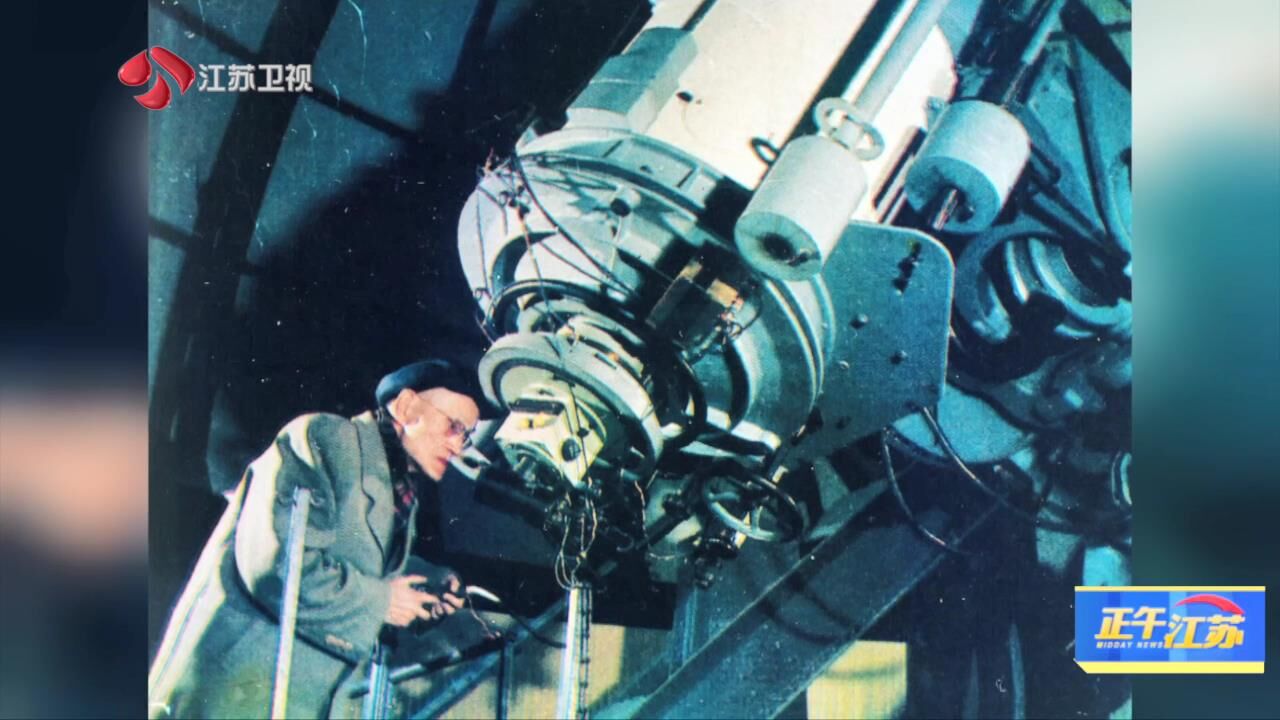
Yuzhe Zhang also participated in the formulation of the national science and technology development plan, presided over the drawing of the blueprint for the development of astronomy in the 1960s, and made outstanding contributions to the aerospace and national defense of new China.
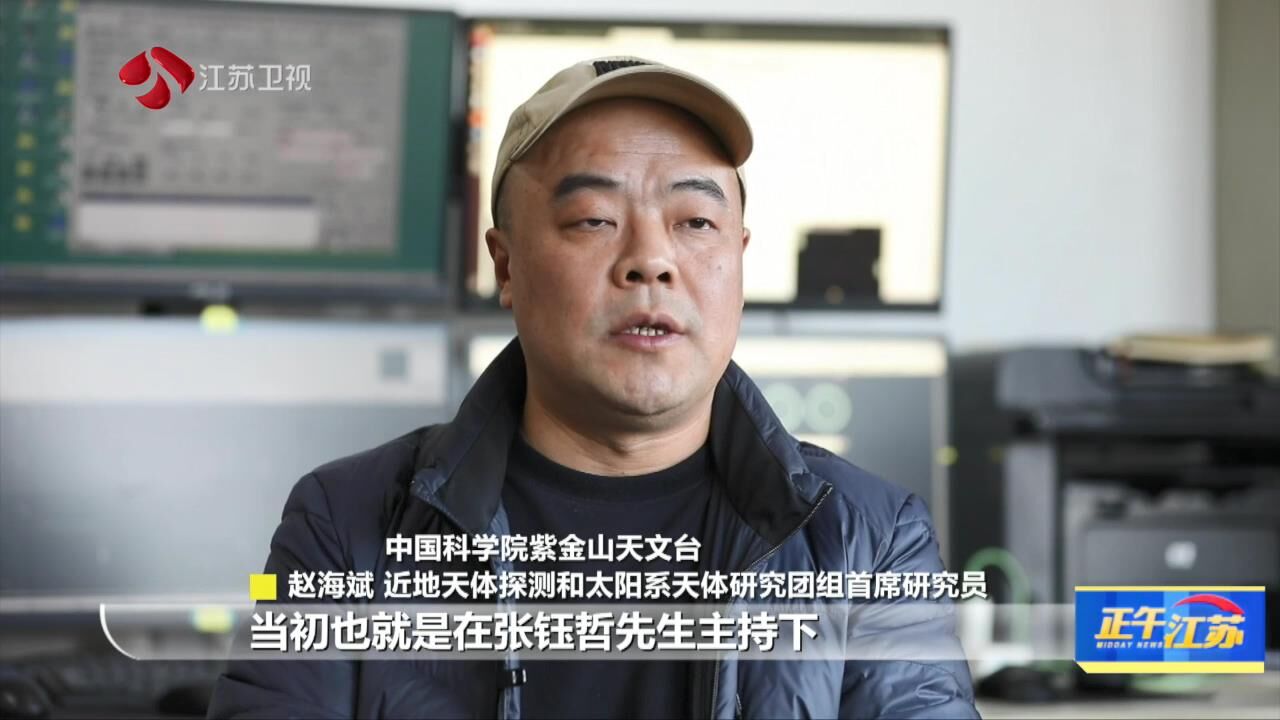
Zhao Haibin said, "He is one of the founders of modern astronomy in China. At the beginning, under the auspices of Mr. Yuzhe Zhang, I made a plan on how the astronomical community in China should develop. He presided over the design of the orbit determination scheme of the first artificial satellite in China, which actually plays a very important role in the launch orbit determination of our country’s Dongfanghong satellite. "
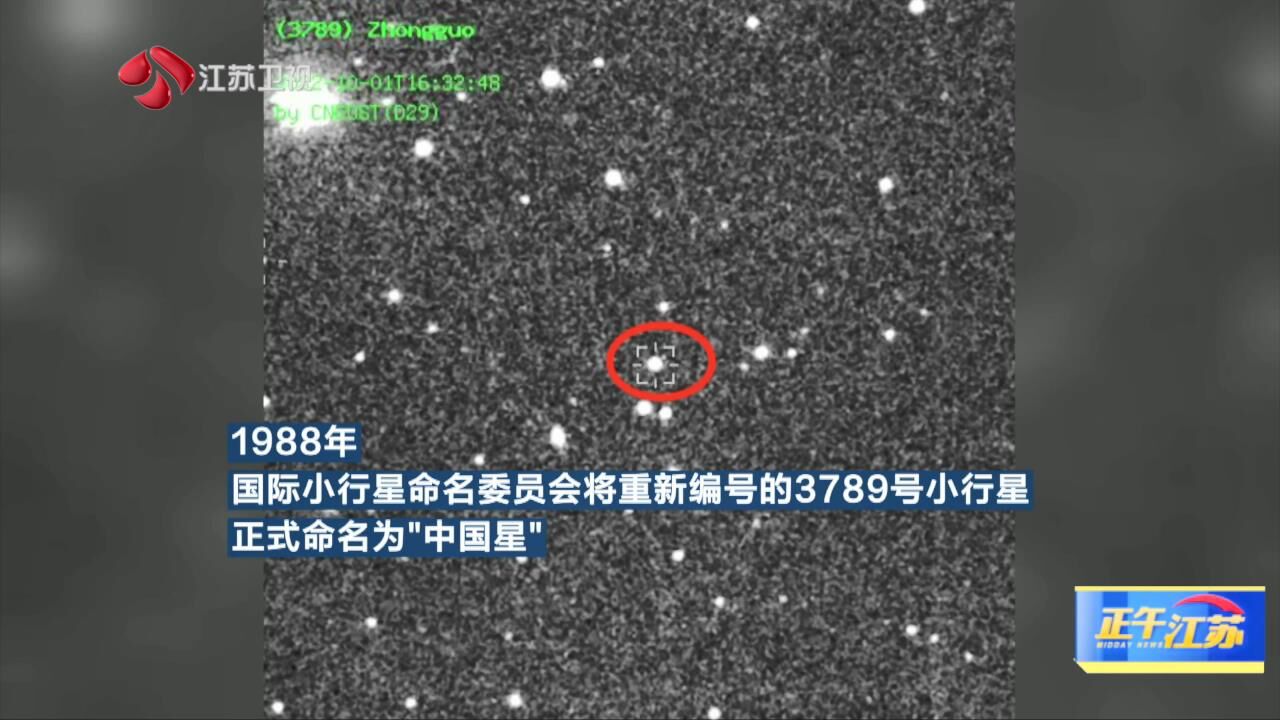
As if it were an invisible compliment, the asteroid 1125, which had been "missing" before, was observed many times in 1975, 1981 and 1986. In 1988, the International Committee on Asteroid Nomenclature decided to rename the asteroid 3789 and officially named it "China Star". From "China Star" to "China Star", Yuzhe Zhang’s lifelong love and persistence are just like starlight illuminating the future of Chinese astronomy.
Zhao Haibin said: "What our team is doing now is actually the same as what Mr. Zhang Lao is doing. More than 4,000 new solar system small objects have been discovered. In terms of data volume, we belong to the first echelon in the world, including the accuracy of observation data, and we have not lost face to Mr. Zhang. "
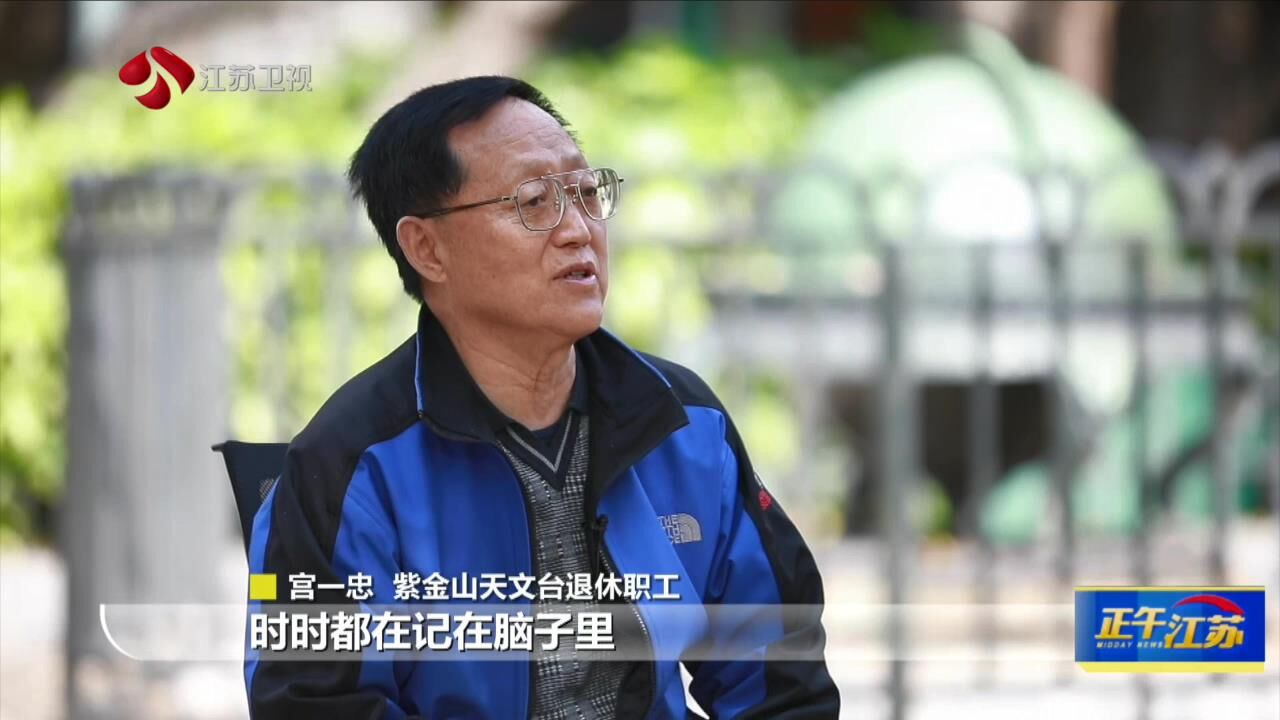
Gong Yizhong, a retired employee of Purple Mountain Observatory, said: "He lives a simple life and has very low requirements for his own treatment. At that time, the country provided him with a special car. He never took it, so he went up the mountain with us in a big open truck. The requirements for academic research are very strict, and it is absolutely not allowed to have academic falsehood or false data. We staff members have always kept it in our minds until now. "
After 70 years, the former German binoculars were replaced by the NEO telescope independently developed by China people. Since 1956, the Purple Mountain Observatory has discovered nearly 5,000 asteroids. In 2006, the near-earth object telescope and Xuyi Observatory of Zijinshan Observatory were completed, and then seven field operational observation stations were set up in Qinghai and Antarctica. In 2015, Purple Mountain Observatory took the lead in developing and operating China’s first astronomical science satellite — — "Wukong" dark matter particle detection satellite; In 2022, Kuafu I, China’s first comprehensive solar exploration satellite, which was developed by Purple Mountain Observatory as the main unit, was successfully launched, opening a new era of comprehensive solar observation in China … … Along the road opened by the old director Yuzhe Zhang, generations of Zitai astronomers have been exploring the vast universe with a tough and rigorous scientific attitude!
(Reporter of Jiangsu Radio and Television General Station Rong Media News Center/Editor of Huang Meng He Fei/Alina Zhang)
(The copyright of this news belongs to Jiangsu Radio and Television General Station, please indicate the source.)